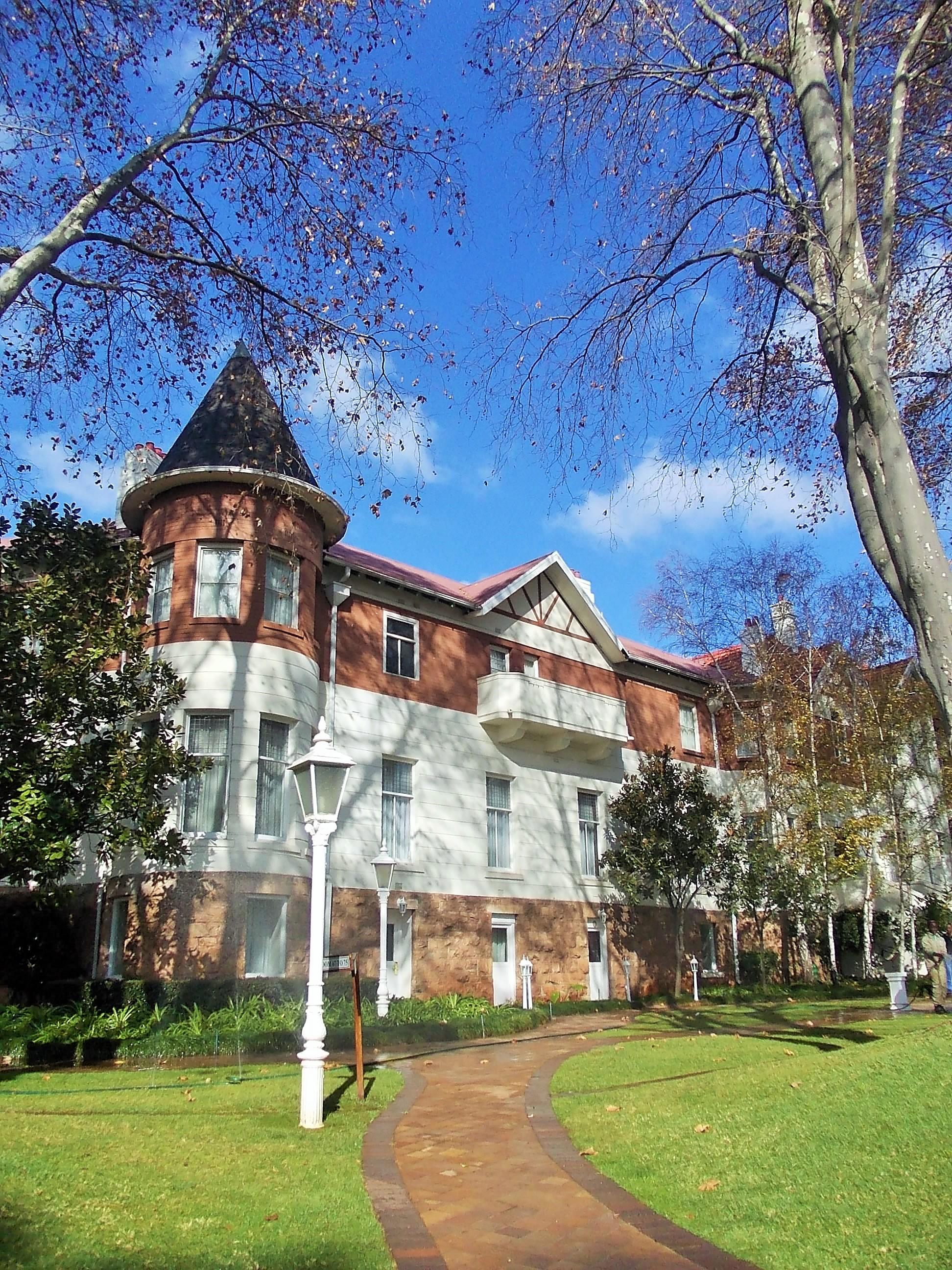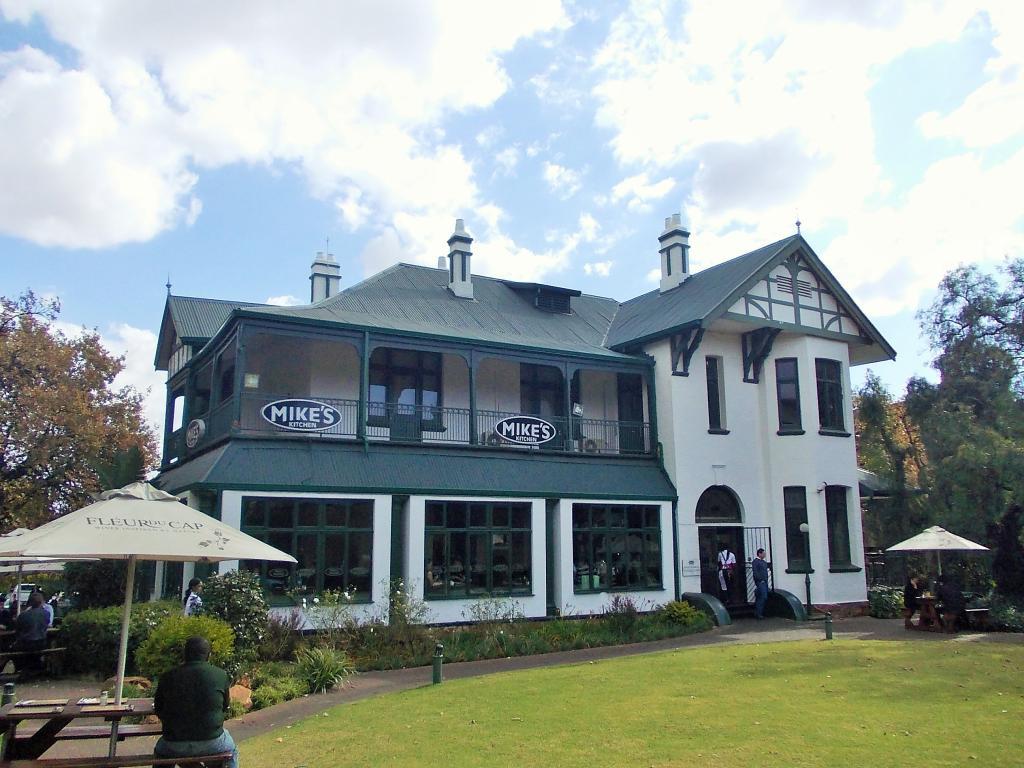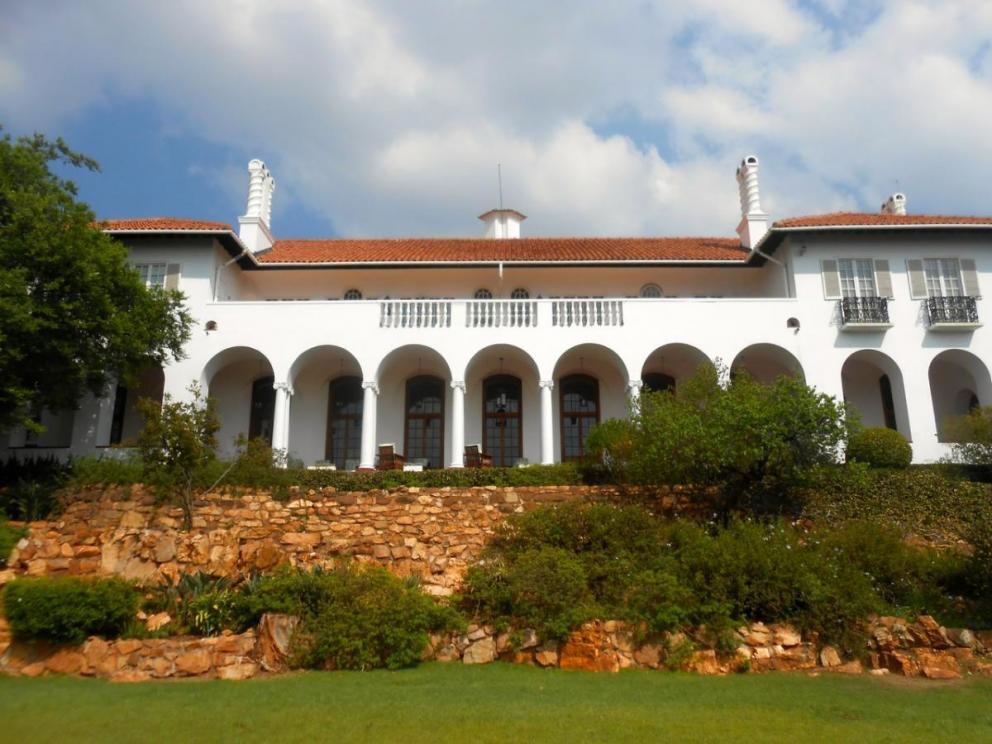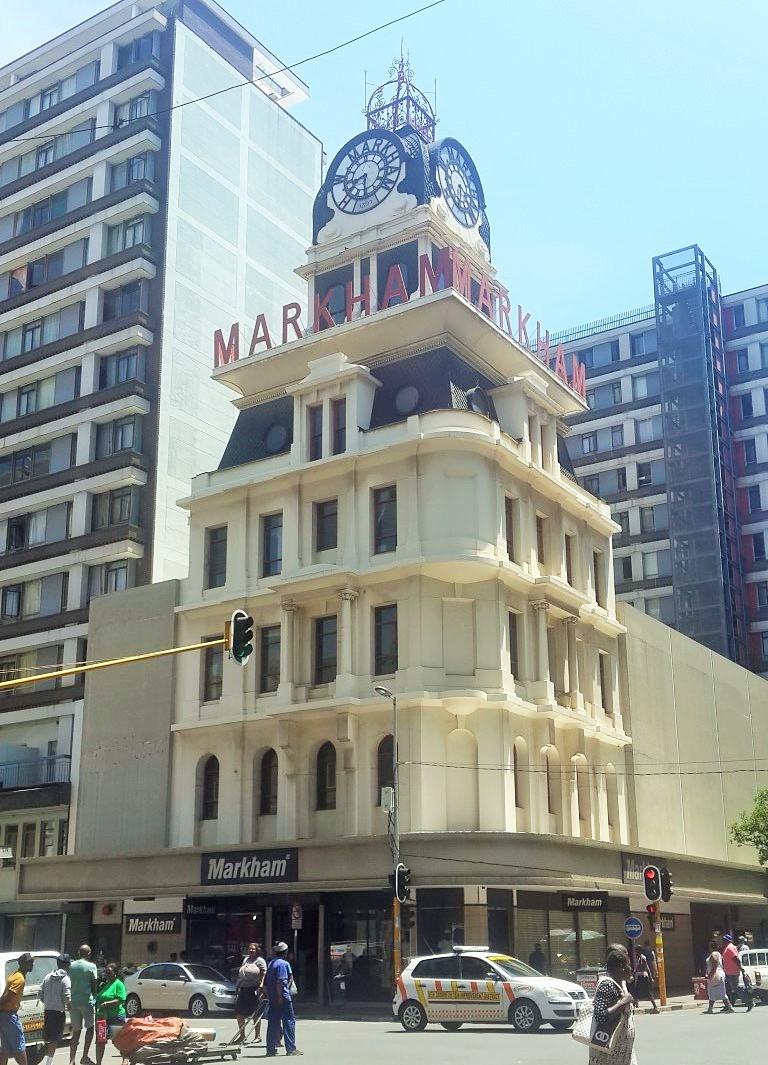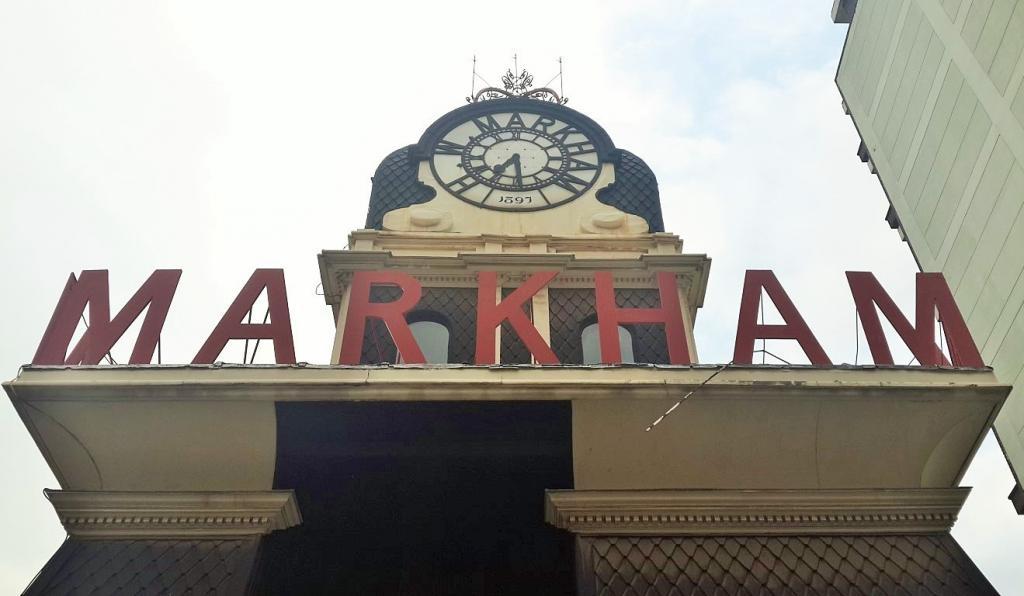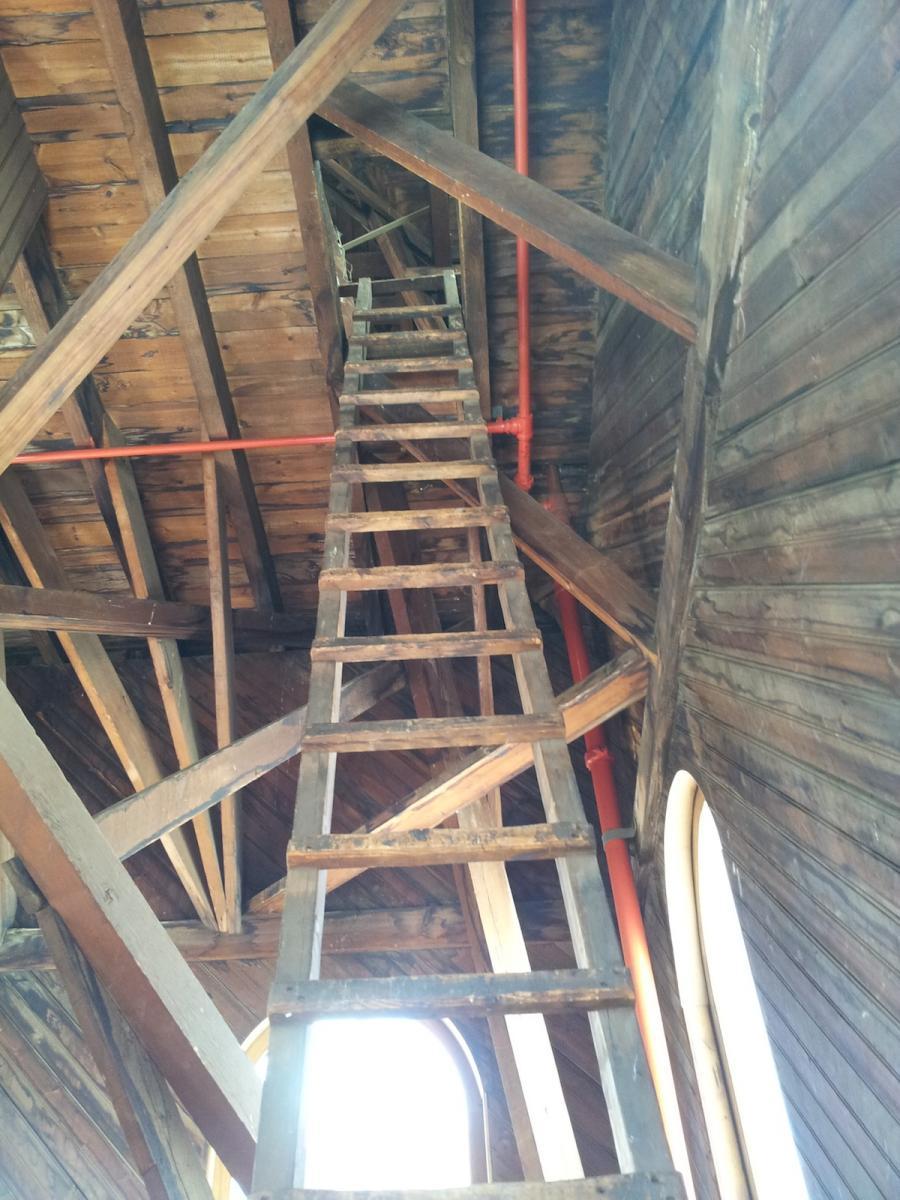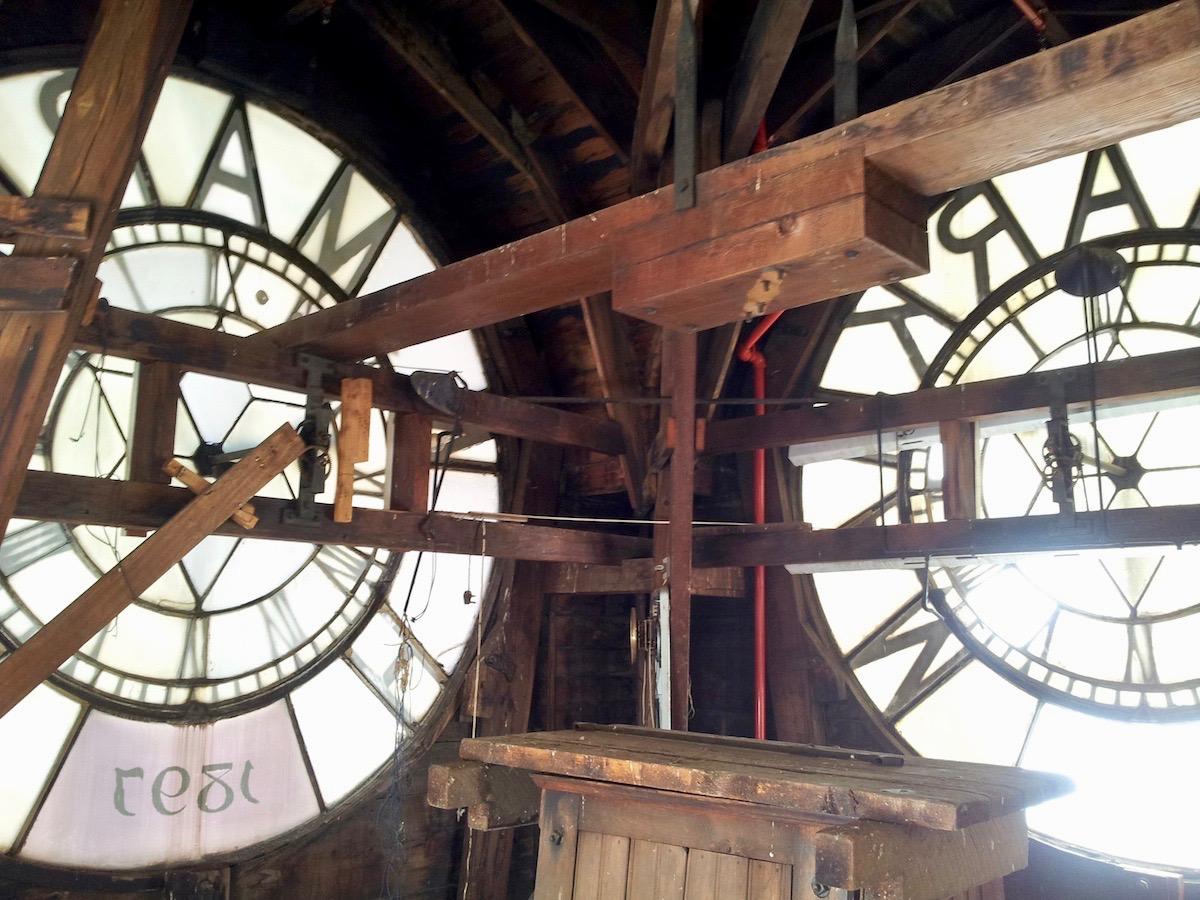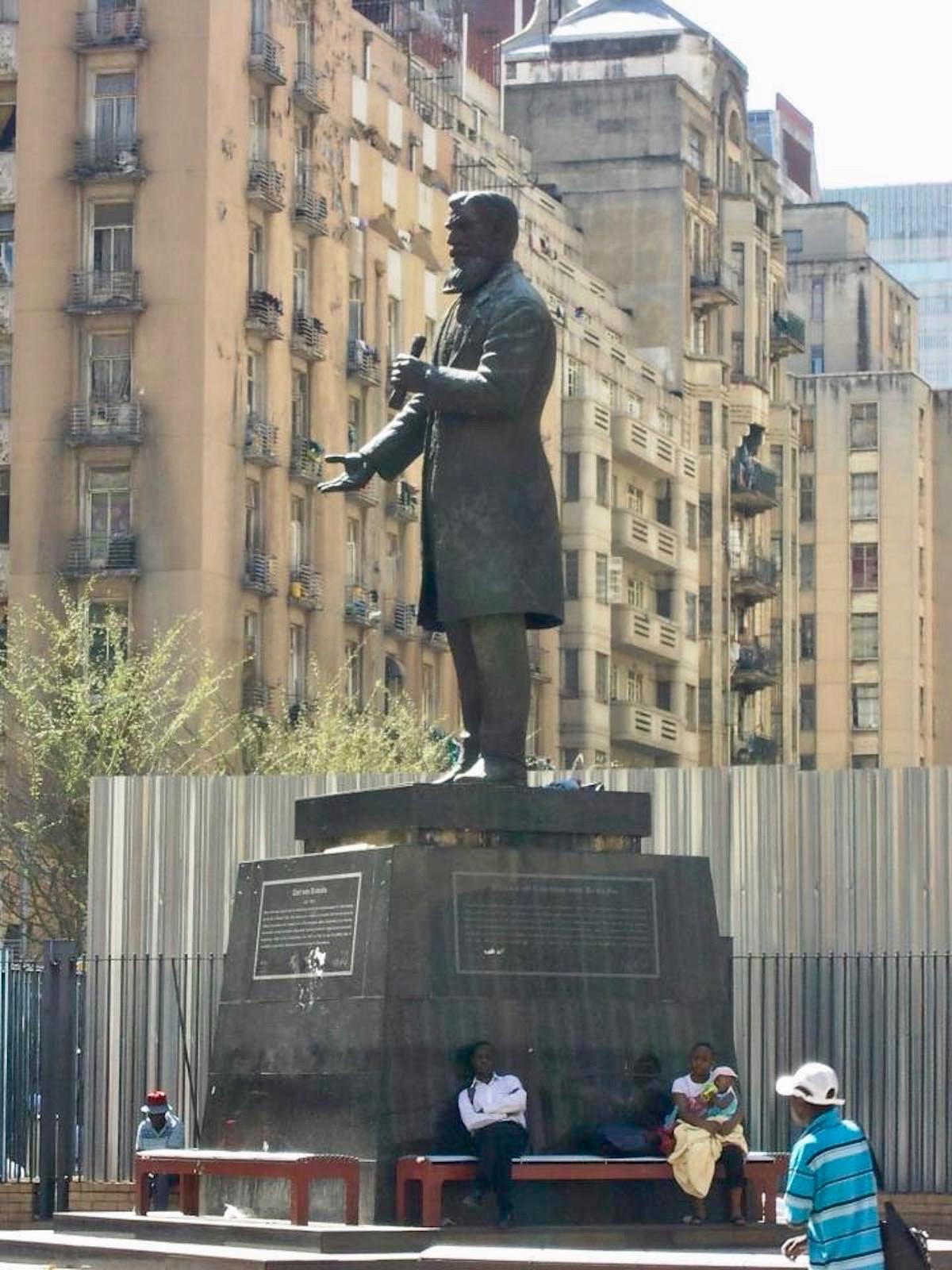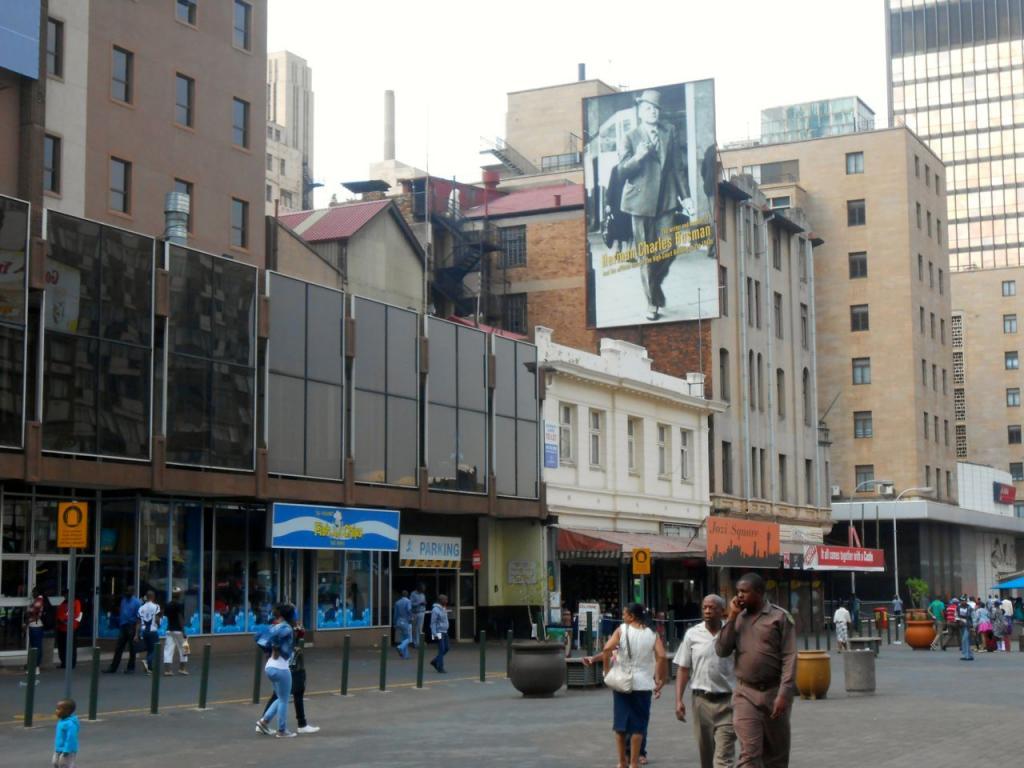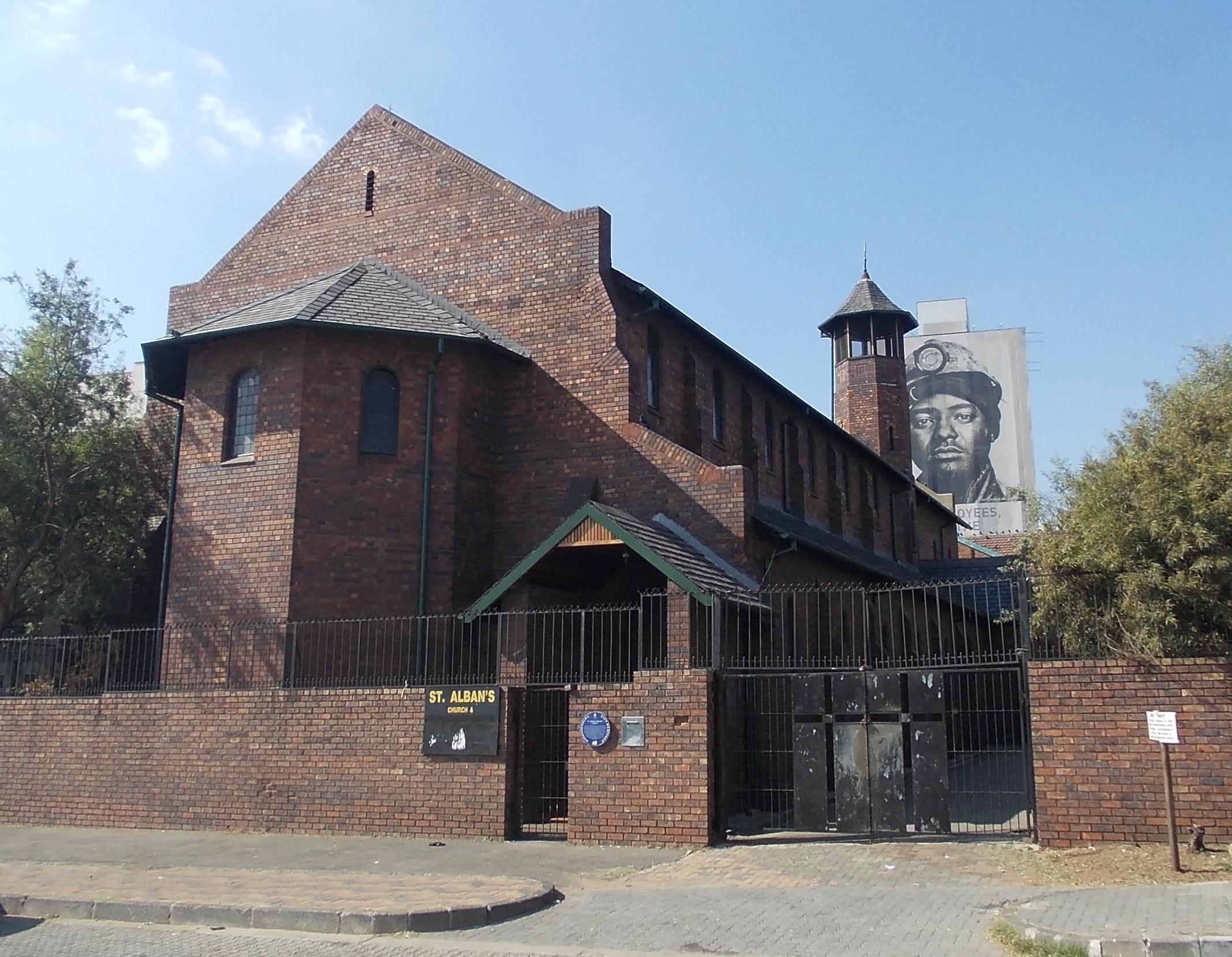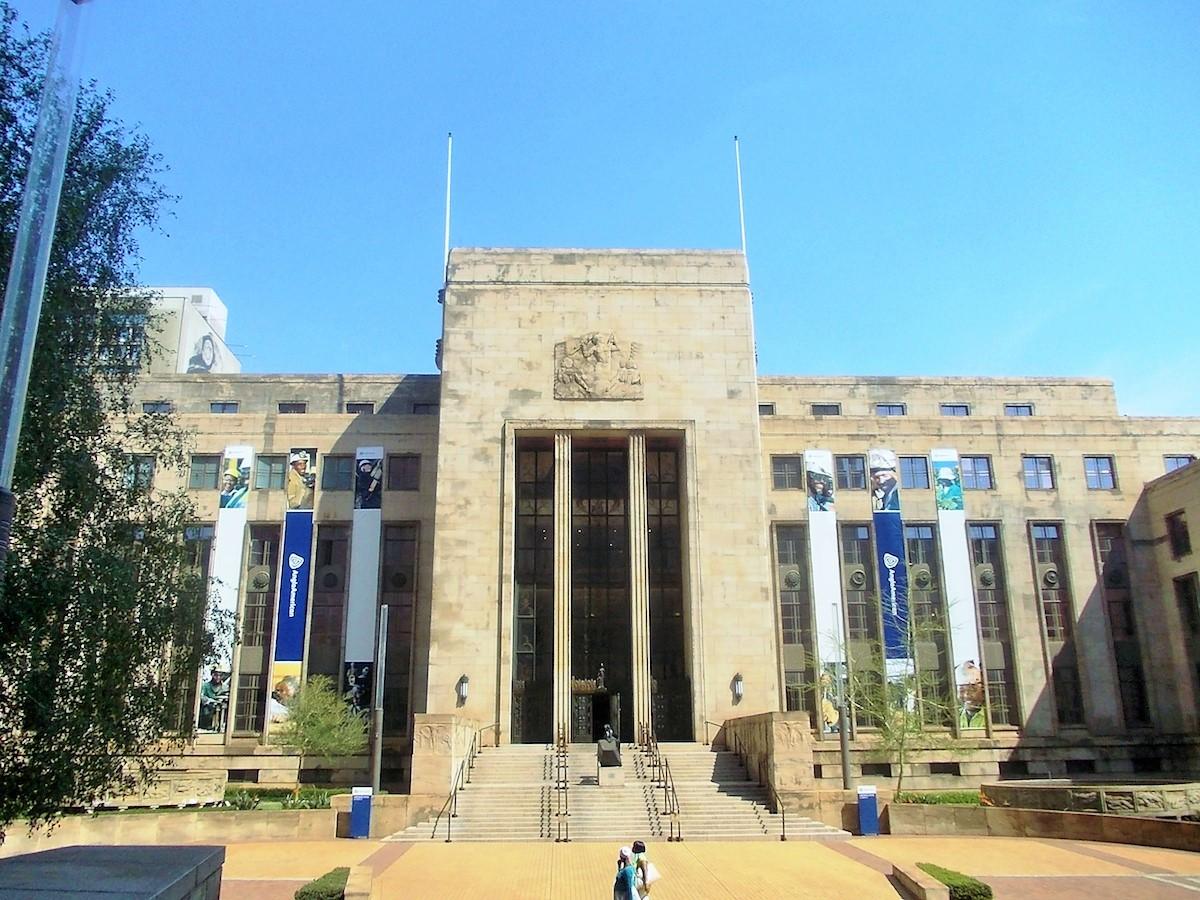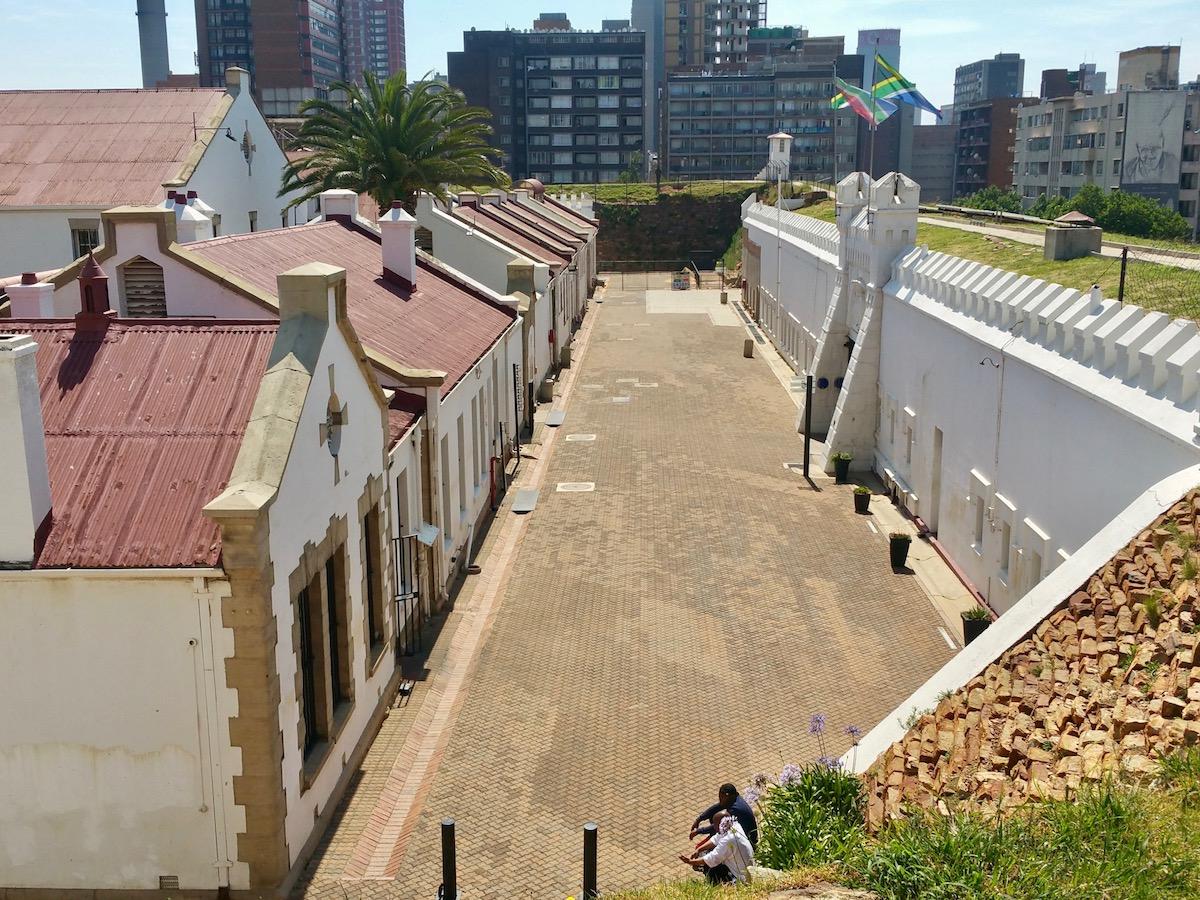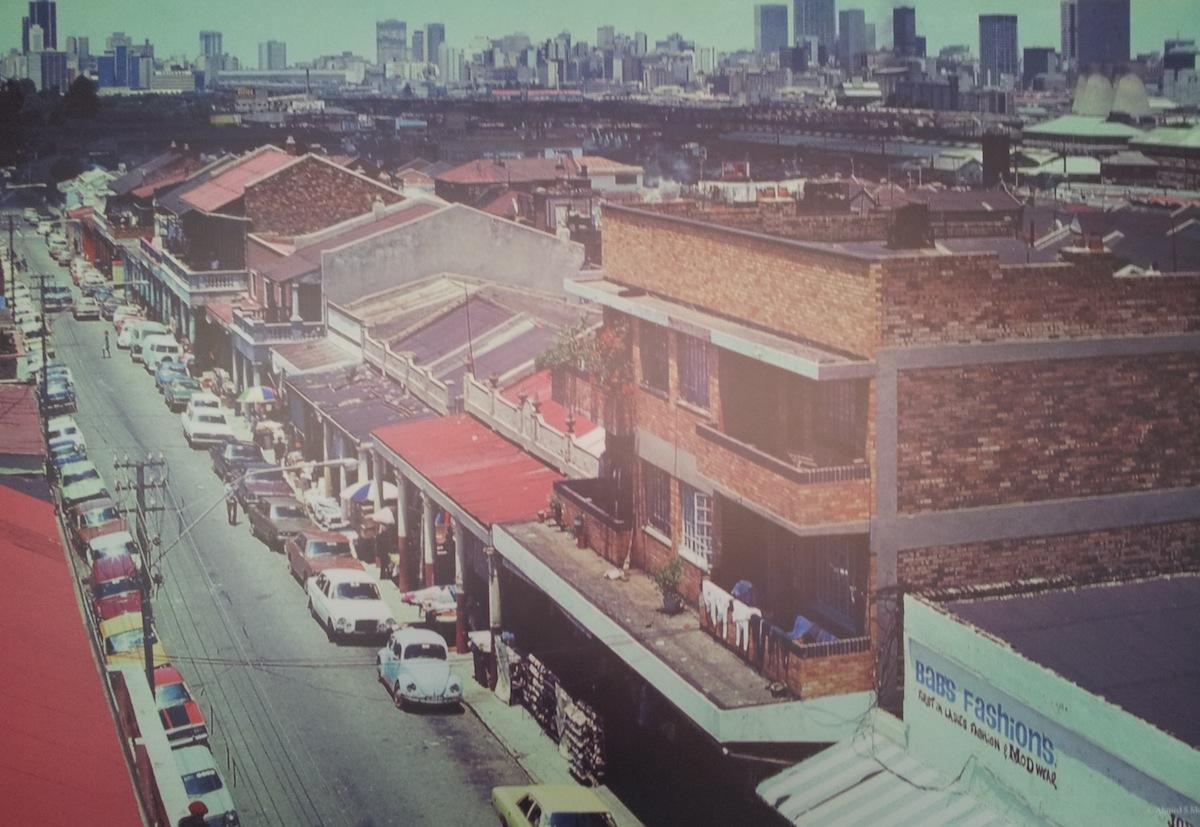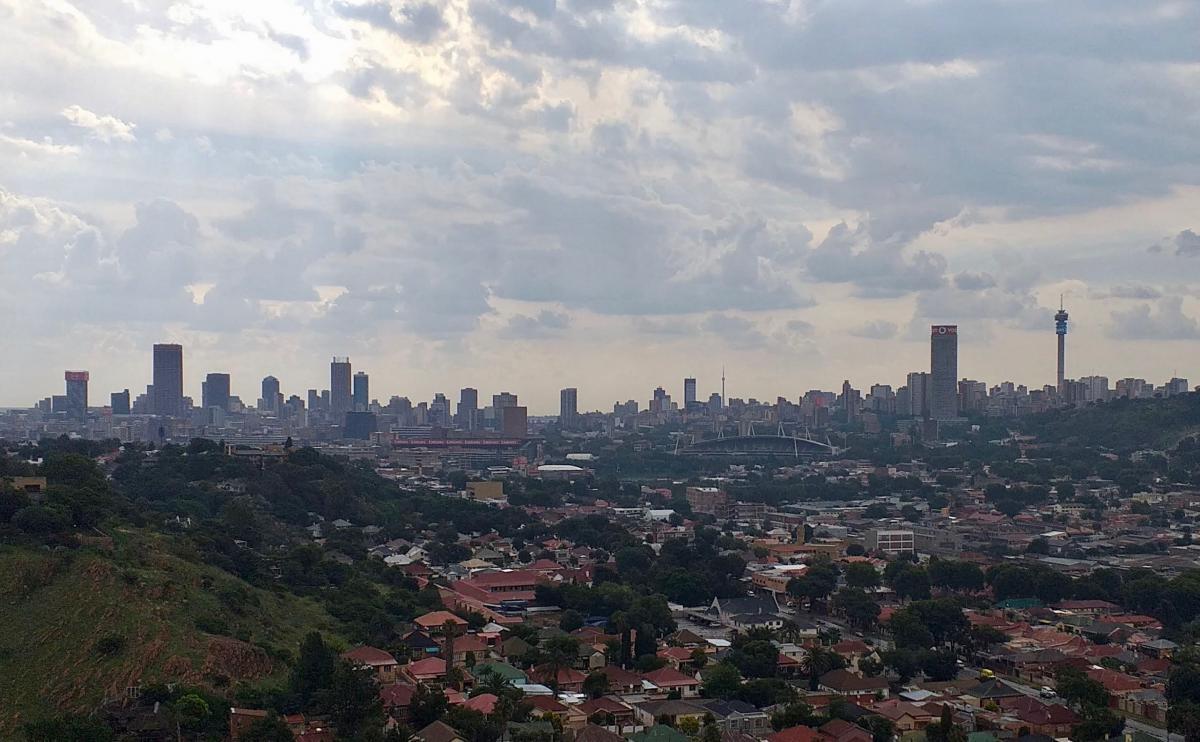
Disclaimer: Any views expressed by individuals and organisations are their own and do not in any way represent the views of The Heritage Portal. If you find any mistakes or historical inaccuracies, please contact the editor.
In the article below, journalist Lucille Davie describes some of the victories and defeats of the Parktown & Westcliff Heritage Trust as it made its transition to becoming the Johannesburg Heritage Foundation. The article was written in 2012 and published on Davie's website in 2020. Click here to view more of her work.
Joburg turned 126 years old on 4 October. On the same day the Parktown & Westcliff Heritage Trust became a new entity, the Johannesburg Heritage Foundation.
The trust has been the champion of heritage structures in the city for the past 30 years, and Flo Bird has been the chairperson for all those years.
A fiery fighter of the city’s heritage, she says of the trust: “It was always a fighting organisation – we were not prepared to surrender heritage without a fight.”
One of the historic buildings the trust has saved is the Sunnyside Hotel, built in 1895 as the home of American Hennen Jennings, and from 1901, the official residence of Lord Alfred Milner and subsequent officials.
Sunnyside (The Heritage Portal)
Another home in Parktown that was saved from the bulldozers was built for James Goch. He arrived in the city in 1886 and set up a photographic studio. He moved into the house with his family around 1905. The double-storey house had 12 rooms, a coach house and a stable, and a long driveway lined with oak trees which gave it the name Eikenlaan (lane of oaks). It became Mike's Kitchen in 1982, and is now a busy restaurant.
Eikenlaan (The Heritage Portal)
And another home, Villa Arcadia, an Italianate villa built in 1910 for Randlord Sir Lionel and Lady Phillips and designed by Sir Herbert Baker, stands proud still on the Parktown ridge, beautifully restored by Hollard.
Villa Arcadia (The Heritage Portal)
To celebrate their new identity, the foundation conducted a tour of some of Joburg’s most memorable places and people.
Meeting at the Sunnyside Park Hotel in Parktown, a bus took foundation members to Markham Building in the CBD, where a blue and white plaque was placed. This building, built in 1897, was saved through the efforts of various heritage bodies in the city, and the city council of the day.
The building was once so tall that people living in Hillbrow and Braamfontein would read the time on its clock tower. It is one of Joburg's gems, recalling an era when shopping was a very different experience.
Markham Building (The Heritage Portal)
Markham was and still is an exclusive men's outfitters, offering personal service to the gentlemen of the town, fitting or altering suits with a team of tailors seated at sewing machines in the building's basement.
The iconic red metal signs of Markham, one on each side of the building, can still be seen through the dusty windows of the fifth floor. A ladder leads to the final floor, the soul of this lovely building, where the clock resides.
The iconic red metal signs (The Heritage Portal)
Ladder to the clock tower (The Heritage Portal)
Inside the clock tower (The Heritage Portal)
Markham was designed in the late Victorian style, and is the only surviving example of commercial architecture of this style in the country. It is therefore architecturally significant. It was constructed with load-bearing brick walls and supporting cast-iron stanchions or posts. The roof came from an iron foundry in Glasgow and is the only remaining example of its type in the country. The predecessor of the trust was the Parktown Association, which still exists, and which helped save the Markham building.
Von Brandis and Bosman
The members then moved on to pay their respects to Captain von Brandis, the first landdrost of Johannesburg.
Captain Carl von Brandis was born of an old military family in Germany. He served in the Hungarian and British armies. In 1857 he sailed for the Cape and was given land on the eastern frontier. He moved to Johannesburg and was appointed gold commissioner when the farms were proclaimed open diggings in September 1886. He set up his office in a tent, and was appointed to the post of landdrost in 1900. Commissioner Street in the city centre was named after commissioner Von Brandis because he erected a tent on the street.
Von Brandis Statue (The Heritage Portal)
The bus then moved on to Gandhi Square to see the new hoarding commemorating Herman Charles Bosman’s association with the High Court Building on the square and what was the courthouse where he was tried for the murder of his stepbrother. Bosman was one of South Africa’s most well-known short story writers, penning several essays on Johannesburg. He spent a good deal of his life in Joburg, where he died in 1951.
Hoarding commemorating Herman Charles Bosman’s association with the High Court Building (The Heritage Portal)
St Alban’s Church
The bus then made its way to St Alban’s Anglican Church in Ferreirastown, to inspect restoration work. Over the past year the 84-year-old church has undergone restoration, principally to repair its waterproofing by replacing roof tiles, gutters and downpipes, and pigeon-proofing the turret. The work has been driven by Bird. The church was built in 1928 for the coloured community and exudes a quietness and tranquillity, in contrast to the busy streets and buses roaring past outside.
The late Ernest Oppenheimer visited the church almost daily after his wife died in 1934. He converted to Christianity from Judaism, and although his parish church on Sundays was St George’s in Parktown, he worked in the nearby 44 Main Street, so St Alban’s was convenient.
St Albans Church (The Heritage Portal)
44 Main Street (The Heritage Portal)
St George's Parktown (The Heritage Portal)
Rezoning of areas
Bird says that the way they saved buildings, particularly ones in Parktown, was through the rezoning of areas. This meant that homes became businesses and the trust worked with the owners to restore the buildings.
But perhaps the trust’s biggest coup was halting the city council’s planned M6, a freeway that would have carved its way through Pageview and Vrededorp, Parktown, the sports fields of St John’s College, and through the inner city, to meet up with the M2 south. “It was a grid over the whole city,” says Bird. It was when she told city councillors that there would be a fatwa if they demolished the mosques in Pageview, that they sat up and took notice, and cancelled the plan.
Fun moments
What were the fun moments? “It’s always fun when you win,” she adds, without hesitation.
Part of the fun too was when the trust started giving tours, to educate Joburgers about their heritage but also to make the homes of Parktown accessible. A memorable tour was taking the Constitutional Court judges on a tour of the Old Fort, a site they choose for the court. Tours to the Fort were always “very, very moving” for Bird, she says. “I learnt something new every time.”
At one time the Fort was earmarked for demolition. But the trust went to parliament on this one, together with writer Wally Serote, recounts Bird. “It was a big victory.”
Old Fort (The Heritage Portal)
Losses
But there have been losses over the years. Pageview and Vrededorp were lost to the demolishers, with the vibrant 14th Street falling to the bulldozers. Bird says that even if you stated that there were important struggle heroes in the neighbourhood, the authorities would come back saying it fell within the restrictions of the Group Areas Act.
14th Street before the demolitions (Fietas Museum)
But over the years the trust broadened its tours beyond Parktown and Westcliff. It has researched and conducted tours in Jeppestown, Yeoville, Berea, La Rochelle, Parkview and Greenside East. It has also conducted surveys of these suburbs, giving an A, B or C rating to them. Plaques on important buildings have helped save buildings too, forcing the owners to recognise that the building has heritage value.
The ratings help the present heritage body, the Provincial Resources Heritage Agency of Gauteng, or Phrag, decide whether to issue demolition permits or not. Phrag became the provincial arm of the National Monuments Council, a body on which Bird served for 12 years. The council is now the South African Heritage Resources Agency.
Bird hopes to spread education to all the children of Joburg, to bring them into the city to see and hear about the heritage of their city.
She says the launch of the new foundation went off smoothly, with many people on the bus recounting memories of the buildings visited. “I am very pleased with the launch – it was wonderfully happy.”
Lucille Davie has for many years written about South Africa's people and places, as well as the country's history and heritage. Take a look at lucilledavie.co.za
Comments will load below. If for any reason none appear click here for some troubleshooting tips. If you would like to post a comment and need instructions click here.

